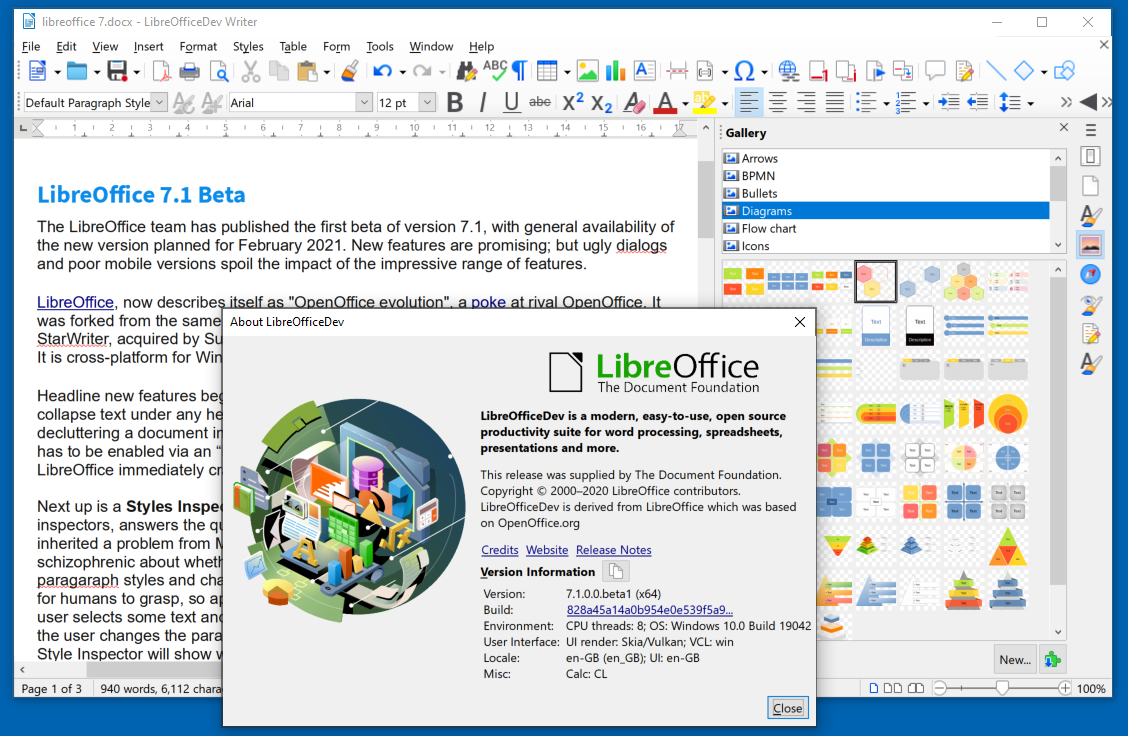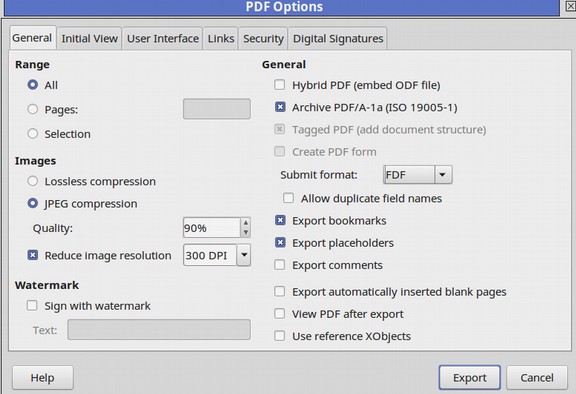
Here you will see a list of all citations and you can choose what Output Style to use. A dialogue pops up asking you how the document should be formatted. Switch back to Endnote and go to the Format Paper function.Once finished you save your document as a *.odt file (standard for LibreOffice). The citations will be pasted in a temporary form. You insert any citation by going to EndNote and copying them and then pasting into your text. Once your document is ready for formatting you first save it and then format it using EndNote.īelow we have outlined the workflow for you. You enter citations by a copy&paste process from Endnote to LibreOffice. On Mac, you write your text as normal in LibreOffice.

You should now have a floating toolbar for Endnote.įor LibreOffice on Mac, you will not get a toolbar. Click Close.Įxit LibreOffice Writer and then restart it. The ENCWYW extension will now appear in the list. In the file dialogue, navigate to the folder: Program Files (x86)/Common Files/ResearchSoft/CWYW/19 In LibreOffice Writer go to the Tools menu and choose Extension Manager Below we show you how you can install this manually for EndNote X9. Click here for our webshop, or email us at info (at) Īfter the installation of LibreOffice and/or reinstallation of EndNote it is possible that the EndNote extension doesn´t appear into LibreOffice Writer. Give it a try and you might never pay for office software again.Buy the new EndNote 20. There are also plugins to add features like advanced grammar tools, extra language packs, improved accessibility options (such as export for braille embossers), and plugins for other programs like mind-mapping tool Freemind.

LibreOffice's selection of templates might seem a little limited compared to Microsoft's, but this is easily remedied by the huge collection of downloadable options available in the project's online repository (opens in new tab). The open source suite lacks Office's built-in cloud storage option, but that's easily remedied by installing the Dropbox desktop software (opens in new tab), which gives you instant access to your account as though it was a folder on your PC. Both have their advantages the NotebookBar will make switching from Microsoft Office more natural, while the old-school layout means everything is visible at a glance, and you can navigate easily using a keyboard rather than a mouse if you prefer.īeyond that, there's little difference between Microsoft's productivity toolkit and LibreOffice.

LibreOffice offers a choice of interface styles: a traditional system of icons and toolbars, and an optional NotebookBar (similar to the ribbon used in Microsoft Office since 2007). One that makes it very hard to justify paying a lot of money for the competitor. That makes it not so much a free alternative to Microsoft Office, but an actual rival.


 0 kommentar(er)
0 kommentar(er)
